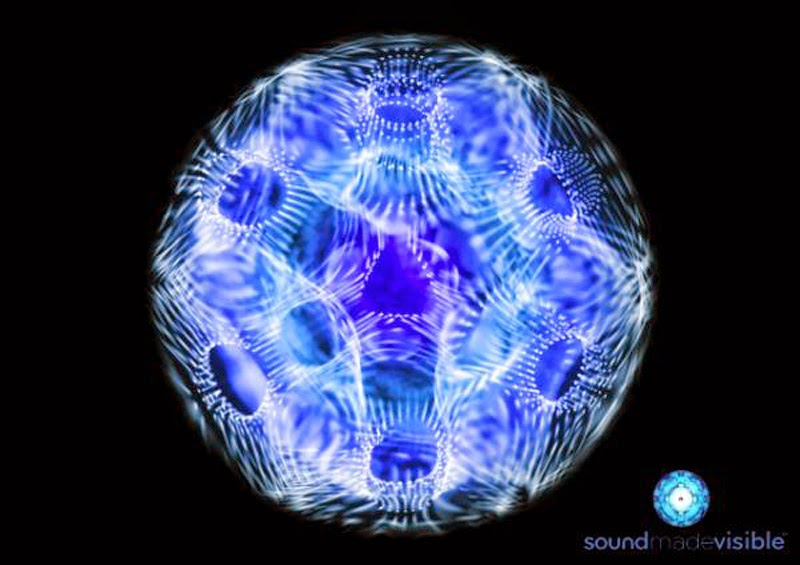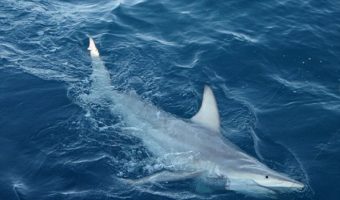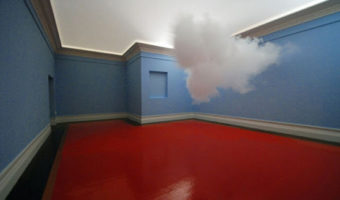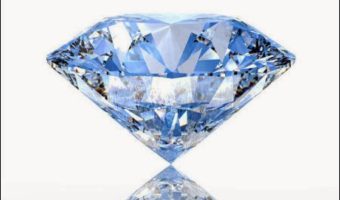Video: How Music Would Look Like If It Could Actually Be Seen
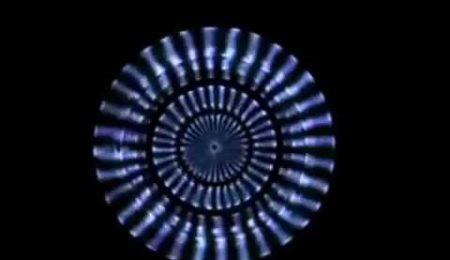
A new scientific ‘tool’ will help you see what music looks like and it depicts sound waves while in water. Every note appears to have a unique ‘signature’ (fingerprint) of its own. The CymaScope device can record vibrations that are produced by each single sound that’s on the surface of distilled water. Vibrations caused by the sound harmonics leave a ‘mark’ that is perfectly visible due the water’s high surface tension.
In the same way every snowflake usually has a unique shape, sound has a unique fingerprint. The CymaScope device was recently used for the first time to visualize piano notes after a request by Shannon Novak, a New Zealand artist. It’s also been used to record vowel sounds produced by the human voice in pictures and music tracks like ‘welcome to the machine‘ by Pink Floyd.
Creation of this tool began in 2002. The scientists tried using a PVC film, a film of latex until they finally settled on water as the ideal medium. Images that resulted from the experiment showed that sound can provide both audio and rich visual spectacle.
“If our eyes could see music we would not see waves, as many believe, but beautiful holographic bubbles with amazing shapes resembling a kaleidoscope. The CymaScope allows us to see this hidden beauty.” writes John Stuart Reid and Erik Larson, the tool’s creators.
Impressively, a recent experiment with the CymaScope showed that words can be recognized by dolphins based on these ‘signatures’. The dolphins use their sonar as a supplementary eye to ‘see’ using ultrasound. They then transmit a sound picture to each other. Jack Kassewiz, a Miami based researcher did this experiment using the CymaScope. He recorded the sounds a dolphin produces when it ‘sees’ objects like an inflatable duck, a plastic cube or flower pot.
https://www.youtube.com/watch?v=WRyCS746j2Q
He turned the sounds into images and later showed them to the dolphin with no sound accompaniment. The intelligent mammal recognized the objects that corresponded with the images with an accuracy of 86%. Impressively, when Mr. Kassewitz showed these same images to another dolphin that was not part of the experiment, the same accuracy was noticed in recognizing the objects. This shows that the cetaceans use sounds when communicating to each other in the similar way we use words.
An ambitious plan titled SpeakDolphin, by the researcher seeks to use the images after deciphering the language, to start a basic conversation with the dolphins.
[Source: www.learning-mind.com]














